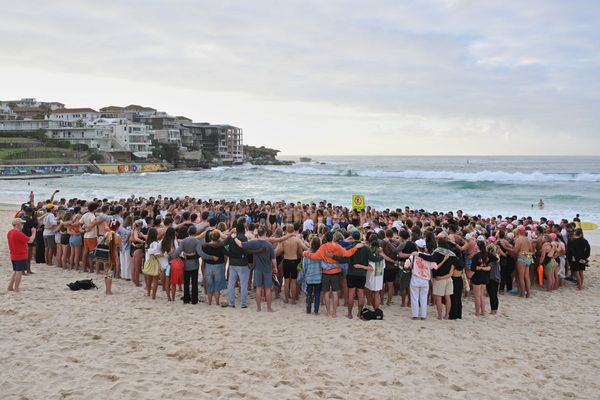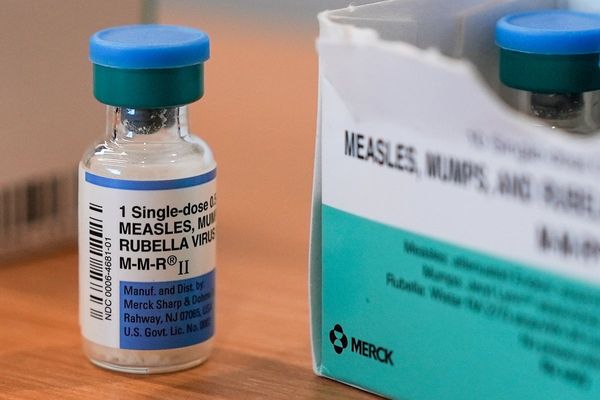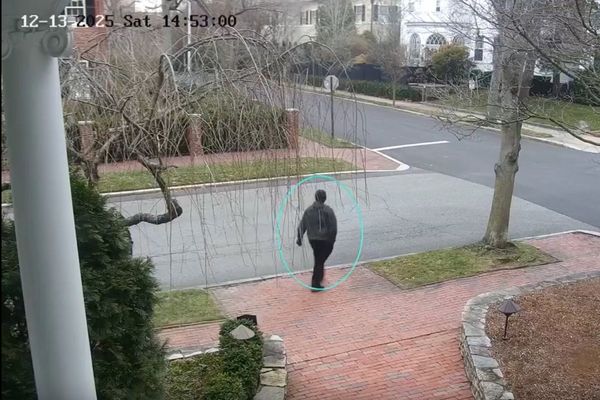Labor is well-placed to win three seats in the electorate of Bass at the Tasmanian election, although its party totals imply it deserves only two. This would give left-leaning MPs a total of 20 of 35 seats. Interstate, New South Wales Labor has surged to a large lead in a Resolve poll.
The postal receipt deadline for the July 19 Tasmanian state election passed at 10am Tuesday. Final statewide vote shares were 39.9% Liberals (up 3.2% since the March 2024 election), 25.9% Labor (down 3.2%), 14.4% Greens (up 0.5%), 2.9% Shooters, Fishers and Farmers (up 0.6%), 1.6% Nationals (new) and 15.3% independents (up 5.7%).
Tasmania uses the proportional Hare-Clark system to elect its lower house. There are five electorates corresponding to Tasmania’s five federal seats, and each electorate returns seven members, for a total of 35 lower house MPs.
Under this system, a quota for election is one-eighth of the vote or 12.5%, but half of this (6.2%) is usually enough to give a reasonable chance of election. There’s no above the line section like for the federal Senate. Instead, people vote for candidates not parties, with at least seven preferences required for a formal vote.
Robson rotation means that candidates for each party are randomised across ballot papers for that electorate, so that on some ballot papers a candidate will appear at the top of their party’s ticket and on others at the bottom.
This means parties can’t control the ordering of their candidates. Independents can be listed in single-candidate columns.
Leakage occurs when party candidates with more than one quota are elected and their surplus distributed, or when minor candidates are excluded and their preferences distributed. In the federal Senate, the large majority of votes are cast above the line, and these votes cannot leak from the party that received a first preference vote.
The consequence of leakage is that parties will lose votes from their totals during the distribution of preferences when their own candidates are elected or excluded. Single-candidate tickets can’t lose votes, and will only gain as other candidates are excluded.
Unlike other states and federally, the Tasmanian distribution of preferences is done manually. Before the distributions, analyst Kevin Bonham had called 14 of the 35 seats for the Liberals, ten for Labor, five for the Greens and four for left-leaning independents, leaving two undecided (the final seats in Bass and Lyons).
Labor well-placed to win three seats in Bass
Final primary votes in Bass gave the Liberals 3.34 quotas, Labor 2.20, the Greens 1.32, the Shooters 0.32 and independent George Razay 0.27. The Shooters and Razay had single-candidate tickets that can’t leak votes.
After three days of preference distributions, vote shares in Bass are 3.30 quotas for the Liberals, 2.25 for Labor, 1.31 for the Greens, 0.40 for the Shooters and 0.37 for Razay.
On quota fractions, the final seat in Bass looks as if it should go to the Shooters or Razay. However, with one Labor candidate already elected, the two leading Labor candidates (Jess Greene and Geoff Lyons) each have about 0.37 quotas with two Labor candidates still to be excluded.
If the remaining Labor votes divide roughly evenly between Greene and Lyons, they would each have about 0.62 quotas. Greens preferences will then favour Labor whether their final opponent is the Shooters or the Liberals. So Labor is well-placed to win three seats in Bass despite their party total implying they only deserve two.
If Labor wins the final Bass seat, Labor, the Greens and left-leaning independents would have a total of 20 of the 35 seats, making any Labor attempt to form government easier.
In Lyons, final primary votes gave the Liberals 3.36 quotas, Labor 2.27, the Greens 1.08, the Shooters 0.53 and the Nationals 0.33. The Shooters had a single-candidate ticket.
The Liberals now have 3.36 quotas, Labor 2.44, the Greens one, the Shooters 0.68 and the Nationals 0.34. Neither Labor nor the Liberals have any chance of pulling off an even split across candidates, so the Shooters will win the final Lyons seat.
NSW Resolve poll: Labor surges to large lead
A New South Wales state Resolve poll for The Sydney Morning Herald, conducted July 13–18 from a sample of 1,054, gave Labor 38% of the primary vote (up five since April), the Coalition 32% (down four), the Greens 13% (up two), independents 8% (down six) and others 10% (up four).
Resolve does not usually give a two-party estimate for its state polls, but The Poll Bludger estimated a Labor lead by 57–43. Despite the strong voting intentions for Labor, Labor incumbent Chris Minns’ lead over Liberal Mark Speakman as preferred premier narrowed from 40–15 to 35–16. This indicates that Labor’s surge is due to the federal election result.
Resolve polls taken well before an election have overstated the independent vote as they give independent as an option in all seats, when many seats don’t have viable independents. The six-point drop for independents in this poll suggests a different method is now being used.
By 32–25, respondents expected their personal outlook in the next year to get better rather than worse, but by 25–21 they expected the NSW state outlook to get worse.
Additional questions from federal Resolve poll
I previously covered a national Resolve poll for Nine newspapers that gave Labor a 56–44 lead. On reforms, 36% thought the government should take the opportunity from its landslide re-election to undertake reforms, while 32% thought it should restrict itself to policies put forward at the election.
By 47–20, respondents opposed raising the GST rate even if it would reduce other taxes. By 31–26, they supported reducing or ditching negative gearing concessions. By 36–27, they supported reducing or ditching capital gains tax concessions on properties.
By 57–18, respondents thought the opposition should work with the government to negotiate changes, rather than just oppose major reforms.
By 53–18, respondents thought Donald Trump’s election as United States president last November a bad outcome for Australia (68–11 bad in April, after Trump’s “liberation day” tariffs).
By 46–22, they thought Australia becoming more independent from the US on foreign policy and national security would be good. By 38–26, voters blamed Trump more than Albanese for the lack of a meeting.
Adrian Beaumont does not work for, consult, own shares in or receive funding from any company or organisation that would benefit from this article, and has disclosed no relevant affiliations beyond their academic appointment.
This article was originally published on The Conversation. Read the original article.







